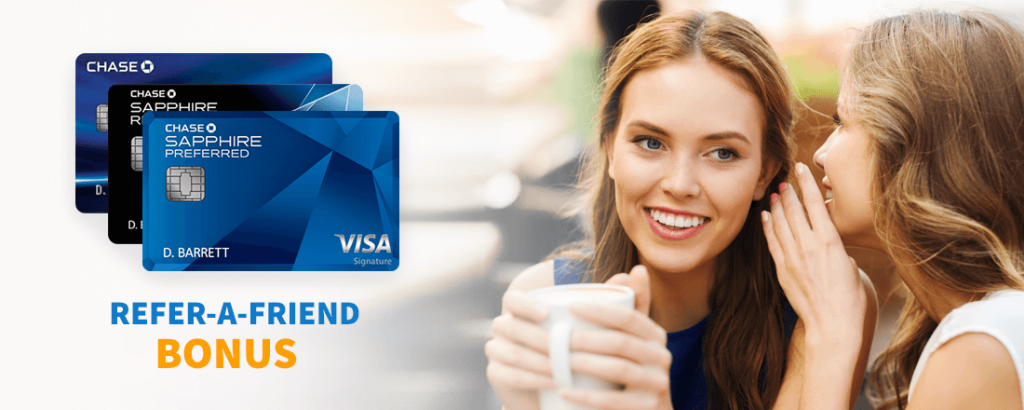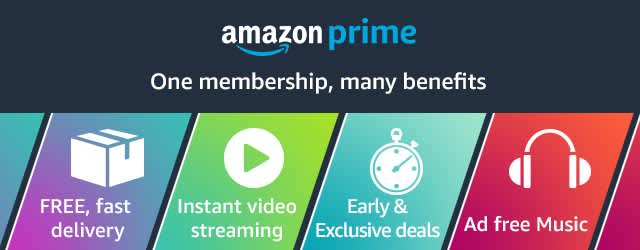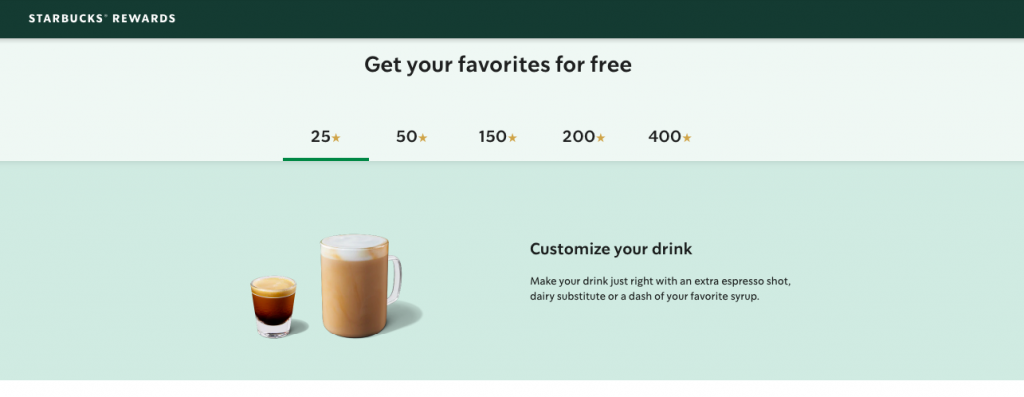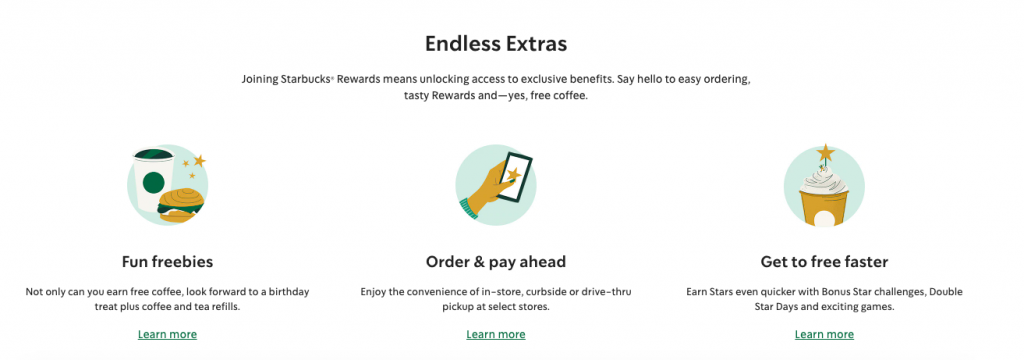Rewatch our webinar on Turn You Satisfied Customers Into Delighted Brand Advocates now!
Increasing sales is always the dream goal of every business. One of the most cost-effective ways to achieve this is by focusing on your existing customer base.
That explains why customer loyalty should always be a priority to business owners. By doing this, you can maintain your sales even during low seasons and save quite a lot of effort looking for new customers.
For that reason, Litextension, together with Magestore, has conducted a webinar in which we pointed out several ways to keep customers engaged. In case you missed the live stream, here’s a recap!
LitExtension Webinar #2: Turn your Satisfied Customers into Delighted Brand Advocates.
Let’s begin!
- Why is customer loyalty important?
- What programs encourage your customers to return and conduct more business with you?
- A simple point-based system
- A tier system to reward initial loyalty and encourage more purchases
- Charge an upfront fee for VIP benefits
- Structure non-monetary programs around your customers’ values
- Reward points for referring friends and relatives
- Cooperate with partners/vendors for loyalty program
- Build a useful community for your customers
- Best practices
- Q&A
- Final words
Why is customer loyalty important?
Financial aspect
Customer loyalty is the willingness to interact with or buy from companies on a regular basis. Maintaining customer loyalty should help businesses increase their revenue and at the same time cut down on expenses.
According to a Forrester research, acquiring a new customer is five times costlier than retaining an existing customer. This is quite a huge gap especially for large-scale businesses.
Besides, a 5% increase in customer retention rate can help boost your profit by 25% up to 95%. This also depends on the scale of your business.
How can customer loyalty help?
Customer loyalty helps you learn much more about your customers. Based on what you learn from their behavior, you can design offers and incentives that correspond to each customer’s requirements.
Whether customer habits can be controlled is a big question for most business owners. Increasing customer loyalty also helps you take control of how your customers behave and thus make predictions about how they would react to your campaigns.
Additionally, brand image will be another benefit of contented customers.
According to research in which customers’ brain reactions are analyzed while they’re shopping, if a familiar product is recognized, it’s not only about the interest but it also triggers a comfortable experience that is associated with the product or the brand.
Once the customer becomes the Advocate, they will positively spread the brand by word of mouth. Also, an excellent loyal customer community helps the company stand tall among competitors.
What do loyal customers expect?
First, they expect you to care about them. A study by Wunderland suggests that 79% of customers will only consider shopping with brands that show they understand and care about them.
Secondly, they expect to save money. While it’s important that you should take care of your customers, the biggest reason they join loyalty programs is still because they want financial benefits.
Thirdly, they want to choose their own rewards. Just like you and me, customers love options. Choosing a reward is one of the best parts of being a rewards member.
Fourthly, they want to feel special. VIP tiers drive customers to purchase more often and in greater quantities.
Finally, customers expect a beautiful experience. This makes it essential that your rewards program is personalized and on-brand
So with that said, let’s get straight into how you can keep your customers engaged!
What programs encourage your customers to return and conduct more business with you?
A simple point-based system
This is arguably the most common loyalty program methodology in existence. Frequent customers earn points which translates into some types of reward such as redemption in the next purchases or other special offers in the future.
While many companies falter in this method, they are making the system complex and confusing. For example, some offer programs where fourteen points equals one dollar, and twenty dollars earn 50% off your next purchase in November.
That’s not rewarding. That’s a headache.
Don’t make it complex. Keep the conversions simple.
Although a point system is perhaps the most common form of loyalty programs, it isn’t necessarily applicable to every type of business. It works best for businesses that encourage frequent, short-term purchases.
A tier system to reward initial loyalty and encourage more purchases
This program presents small rewards as a base offering for being a part of the program. It encourages repetition by increasing the value of the rewards as customers move up the loyalty ladder. A tiered loyalty program is a type of membership program where customers enjoy different benefits depending on their rank. Unlike traditional earn-&-redeem loyalty programs, tiered loyalty programs rank members into certain groups based on a certain metric. Each rank – or tier – is defined by a set of rewards, services or benefits, which increases in value as customers progress.
To better understand these loyalty program types, think about “love” as a strong emotional bond. This bond sustains loyalty, which is the core component of repeated and frequent purchases. And that’s precisely why tiered loyalty programs are so powerful. They give customers a benefit structure they can really sink their teeth into and engage with for years to come.
The biggest difference between the point system and the tiered system is that customers extract short-term versus long-term value from the loyalty program. You may find tiered programs work better for high commitment, higher price-point businesses like airlines, hospitality businesses, or insurance companies. Besides, an online savings account is a fantastic way for these loyal customers to maximize their long-term rewards from these tiered programs.
Charge an upfront fee for VIP benefits
Loyalty programs are meant to break down barriers between customers and your business … So are we seriously telling you to charge them a fee?
In some circumstances, a one-time (or annual) fee that lets customers bypass common purchase barriers is actually quite beneficial for both parties.
If you identify factors that may cause your customers to leave, you can customize a fee-based loyalty program to address those specific obstacles.
For example, have you ever abandoned your online shopping cart after tax and shipping were calculated? This is a frequent issue for businesses. To combat it, you can offer a loyalty program like Amazon Prime — by signing up and paying an upfront fee, you automatically get free two-day shipping on your orders.
Structure non-monetary programs around your customers’ values
In today’s highly competitive marketplace, brands often end up engaging in a “discount race” to try and offer the most competitive prices to their consumers.
While cash incentives are more traditional and are quite successful for many businesses, not all brands benefit from them.
They can negatively impact the perception of the brand quality and can prove unsustainable in the long term, depending on the business.
An alternative to conventional loyalty strategies is non-monetary loyalty strategies. These can equally excite and engage customers without price discounts.
Non-monetary programs include brand donations to a charity or local school as a result of a customer sale or free gifts or rewards with a customer purchase. Truly understanding your customer requires you to identify the values and desires of your target audience — in doing so, you can encourage customer loyalty by targeting those characteristics.
Reward points for referring friends and relatives
Here’s something you may not want to hear: Your customers trust their peers more than they trust your business.
Wait! Let’s look on the bright side – You can make some money out of this.
-

Offering refer-a-friend bonus programs
Offering refer-a-friend bonuses is also a great way to keep customers attached. You can encourage customers to become delighted advocates by offering them rewards for recommending your products or services to a friend. They will send an email containing a link and get a reward for every account registered or every purchase made via that link.
Cooperate with partners/vendors for loyalty program
Strategic partnerships for customer loyalty (also known as coalition programs) can be an effective way to retain customers and grow your company.
Which company would be a good fit for a partnership? It boils down to fully understanding your customers’ everyday lives, needs, and purchase processes.
For example, if you’re a dog food company, you might partner with a veterinary office or pet grooming facility to offer co-branded deals that are mutually beneficial for your company and your customer.
Build a useful community for your customers
As I said earlier, customers will always trust their peers more than they trust your business. On social media, customer review sites, forums and more, the slightest slip can be recorded and uploaded for the world to see. But you can turn this into a positive by managing a community that encourages customer-to-customer interactions.
One way to do this is with self-service support resources. If you have a knowledge base, you can build a community forum.
A community forum encourages customers to communicate with one another on various topics such as troubleshooting or retelling service experiences. Even if they leave negative feedback, at least it’s left on your domain where you can respond to it and deal with it accordingly.
Best practices
Amazon Prime
The first example is Amazon Prime. For a little over $100 a year, Amazon Prime users get free, two-day shipping on millions of products with no minimum purchase among other benefits. For example, because of their acquisition of Whole Foods, Amazon offers Prime users a number of savings on groceries.

This deal on efficient, reliable shipping offers enough value to frequent shoppers that the annual payment makes sense (think about how much you normally pay on standard shipping for your online purchases).
Starbucks rewards
Starbucks Rewards is a star-based loyalty program in which customers download the Starbucks app or sign up online, add any amount of money they’d like to their digital card, and scan it upon checkout, whether that’s in-store or via mobile order.
Every purchase results in the earning of stars — two stars per $1 spent. Within the app, there are prizes and games such as double-star days (customers earn double the normal amount of stars they would), free beverage coupons on their birthday, and other ways to earn bonus stars.

As you can see, Members can apply the stars they earn to their purchases for discounts and free beverages (and food).

Loyal customers can earn a lot of other benefits such as:
- Fun freebies: Not only can you earn free coffee, look forward to a birthday treat plus coffee and tea refills.
- Enjoy the convenience of in-store, curbside or drive-thru pickup at select stores.
- Get to free faster: Earn Stars even quicker with Bonus Star challenges, Double Star Days and exciting games.
Mr. Pet’s
Mr. Pets’ cooperates with their vendors to run a few different promotional programs. Specifically, if you buy 5 items from one supplier, you can enjoy an extra item free. Plus, the system will allow you to buy 5 items not necessarily in one order but they are limited to a specific period of time – let’s say 5 months. All free products are charged by vendors’ fee and Mr. Pet’s only needs to send the report to the vendors to get discounted for the purchase order.

Q&A
Q: If I create a loyalty program, does it mean that I have to cut down on my profit margin? How can I measure loyalty program’s results?
Companies often believe that loyalty programs are money sinks that contribute very little to their profit margin. But nothing could be further from the truth! As long as you have a prudent approach with the proper budget, following them in detail with the change of indexes monthly such as average order value, number of purchases, number of new customers, you can protect your profit margin and run the program efficiently. Remember, if you don’t calculate your goal using numbers, you won’t be able to measure your loyalty program’s performance and it means that you truly cut down on your profit margin.
In the long-term, I think it should not be considered as an obstacle or a cost. Instead, it should be an investment, an opportunity that we could learn more from our customers, get as much information from them as possible to implement the strategic plan of the company.
With that in mind, we will try to help customers engage the loyalty programs as much as possible within the financial capabilities.
A: Am I going to be left behind by the industry without a loyalty program?
It’s not a must-have thing but it is a powerful differentiator that could help you stand out from the competition.
As a customer retention solution, loyalty programs provide the means to change customer behavior and drive various business goals – when implemented with care and forethought.
With that being said, you’re required to hit a certain milestone in order to make it work. For instance, you need to realize the business goals beforehand, so you can effectively move them with the loyalty program elements.
Final Words
We’re just shown you several ways you can turn your customers into delighted brand advocates. If you have any questions, don’t hesitate to contact us or join our Facebook Community for further information!
Here’s a recording of the webinar Livestream! Don’t forget to visit LitExtension Youtube channel for other webinars and more interesting eCommerce-related videos!